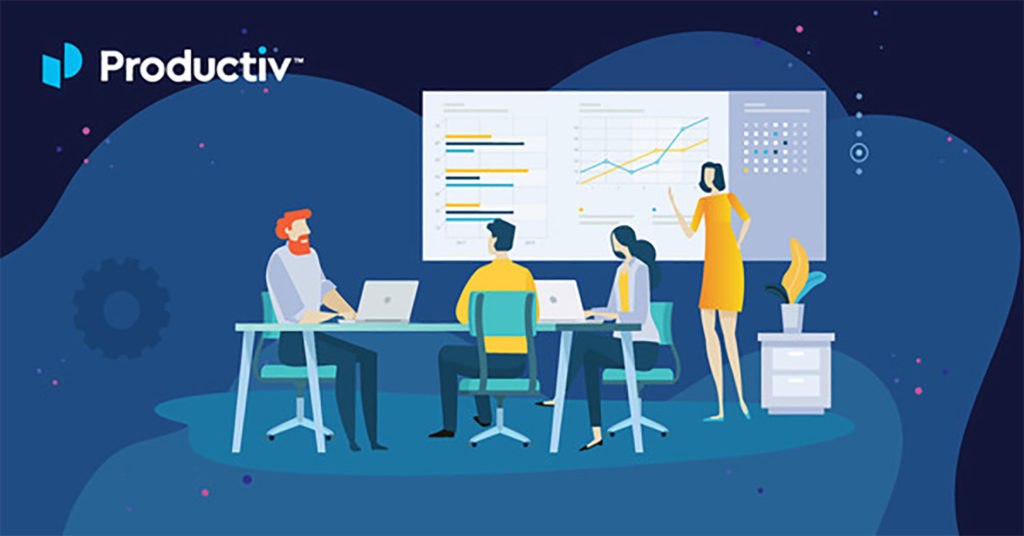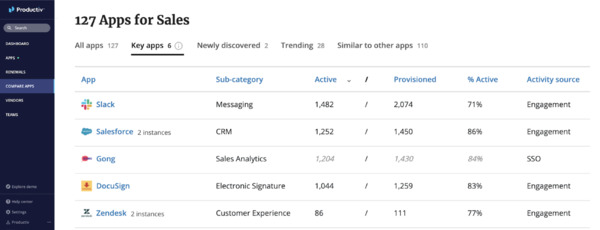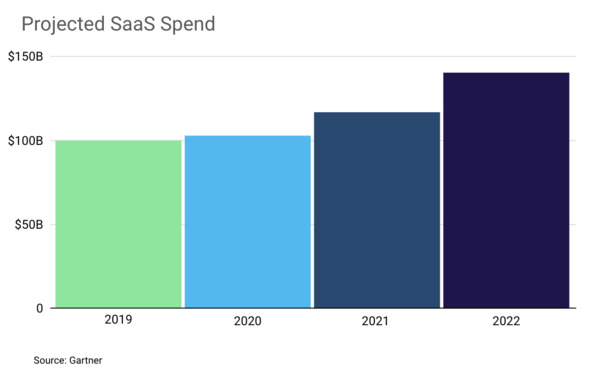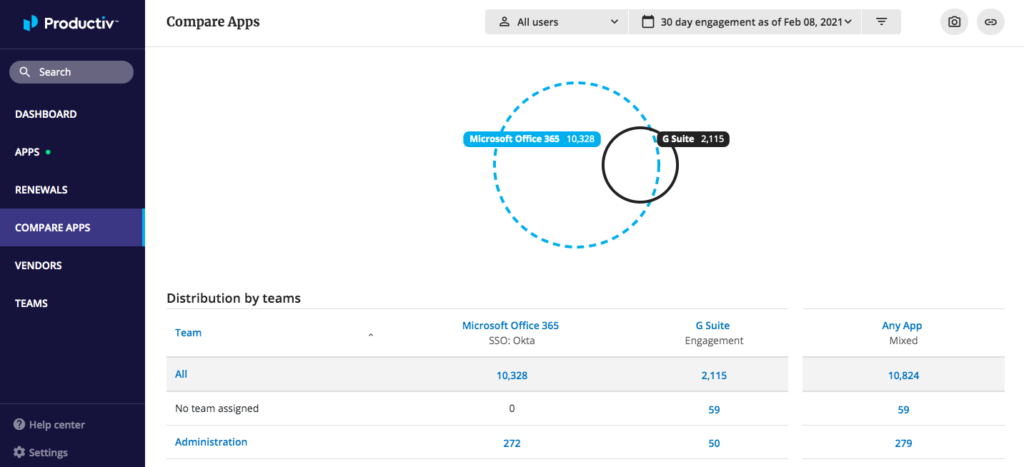
What Can IT Do to Improve Employee Experience?
Does IT play a role in crafting the employee experience? It sounds like a job for HR, but truth be told, today’s IT-driven workplace means technology can make or break your employee’s productivity, effectiveness, and happiness.
For clarity’s sake, employee experience is defined as everything an employee sees, hears, uses, and does over the course of their employment in an organization. It’s the people and tools they interact with, the systems they’re required to follow, and the tasks they do on a daily basis.
Now, do you see how IT plays an important role in shaping what this experience looks and functions like?
Though many organizations still rely on the HR department to engage employees, solicit feedback, and maintain company morale, IT departments are also actively stepping up to do the same. The difference could mean a more productive, effective, and happier workforce.
Putting Employee Experience First
The past year has brought unprecedented changes to the workplace that directly affect employees and the health of your organization. It’s become more important than ever to minimize disruptions and navigate uncertainty. And yet, a Deloitte report reveals that just 9% of business leaders say they’re prepared to do this.
Putting the employee experience first plays a huge role in supporting morale, trust, and productivity. It also allows you to attract and retain high-performing employees in an ever-competitive market.
The Day 1 employee experience has become increasingly important. Because employees might not have the advantage of being surrounded by an in-person network, it’s essential to find other ways to help them feel welcomed and prepared. IT can help to fulfill this mission by setting everyone up with the right tools on the very first day.
According to research from MIT’s CISR, companies who get employee experience right enjoy 25% higher profits and can achieve twice the innovation and customer satisfaction than those that don’t.
The employee experience occurs with or without help. However, it takes thought and proactivity to create an experience that will resonate with your employees. Here are some ways IT can join the conversation for an optimal outcome.
Equip Employees with the Right Tools and Tech
Organizations rely on a bevy of software tools, apps, and other technology to handle day-to-day operations. But there can be too much of a good thing.
One report found that employees use an average of 28 apps to do their job – a number that can quickly lead to app fatigue and productivity loss.

In fact, Tech Republic estimates employees toggle between apps up to 10 times an hour and lose 32 days of productivity every year!
The tools you use impact how quickly employees can complete their workload, as well as the quality of the work and the overall confidence they feel when performing certain tasks.
While organizations may have tools readily available to handle certain jobs, IT plays a role in determining whether those are the best ones for the job.
- Does a clunky interface add time to a process?
- Is there a better tool out there that can achieve the same results in less time or is otherwise easier to use?
- Does a software program or app only support parts of a goal but not others?
At its heart, technology should be used in a way that makes life easier for the user. When a software tool or app fails to do this, it defeats the purpose of using that technology in the first place. Employees shouldn’t feel like their required tools and technology make their work lives harder.
Equipping your team with the right tools and tech can significantly improve the employee experience. Employees who feel empowered to do their jobs well will look favorably at a company that sets them up for success.
Maximize Employee Engagement
Gartner projects SaaS spending to increase by 38% by 2022. It’s one thing to invest in software, but using it is quite another.

If employees simply aren’t using the tools they’ve given, companies cannot maximize their software investment.
IT’s job doesn’t end with purchasing the software. Rather, IT leaders should drill down deeper to figure out the ROI of their software purchases:
- Are people using the software tools?
- How are they using them?
- Why are adoption and usage low?
- Are employees using tools outside of what IT has purchased?
Learning how employees are engaging with the company’s software stack can reveal a lot about their roles within the company, any struggles they’re facing, and their overall employee experience.

For example, employees using G Suite in an organization that is largely Microsoft-driven is actually pretty common, as we revealed in our Are You a Google or a Microsoft Shop blog. The reason could be a matter of personal preference. Or, it could indicate underlying problems, such as an employee not being able to access a certain tool, having trouble logging in remotely, or even not knowing what tools are available to them.
These problems can negatively impact the employee experience, making the employee feel ill-equipped to do their work or not properly on-boarded. In fact, a recent Gallup report notes that just 12% of employees feel their employers do a great job of onboarding. This is a critical piece of the employee experience because it happens so early in their tenure. It sets the tone of what the rest of their time with your organization will look like, so it’s essential to prioritize engagement from the beginning.
Eliminate Technology Redundancy and Proliferation
Many organizations have over 200 SaaS applications. When these apps are too similar in terms of the problems they solve or only solve one problem that could be handled in a better way, they pose a threat to productivity and profitability.
Redundant or proliferated apps can harm the employee experience because it gives them another tool to manage that they don’t really need. This leads to app fatigue, which can cost as much as 32 lost workdays per year.
This problem of app redundancy isn’t wholly created by IT, given the rise in Shadow IT practices. But it is becoming IT’s responsibility to solve.
Dropbox CIO Sylvie Veilleux talked about this challenge in our recent fireside chat: “It is a problem when multiple tools are doing the same thing or when employees need to navigate between too many solutions to do their job – this fragmentation creates interruptions in workflows and impacts employee focus – at Dropbox, we call this work about work.”
IT teams should actively work to reduce app redundancy and proliferation by digging deeper into the data and figuring out which tools are delivering value and which ones could be eliminated without sacrificing results.
Taking a “less is more” approach can help to relieve employee stress and improve their experience.
Use Data to Improve Employee Experience
App redundancy and proliferation, engagement, and equipping employees with the right tools and tech can all be achieved when IT becomes part of the conversation.
This is exactly the approach MobileIron took. Before Productiv, they depended on surveys and help tickets to see if there was an issue. Now, they can see real-time app usage and adoption and proactively reach out to employees.
Collecting the right data is the first step. Get Productiv. See Usage. Improve Employee Experience.